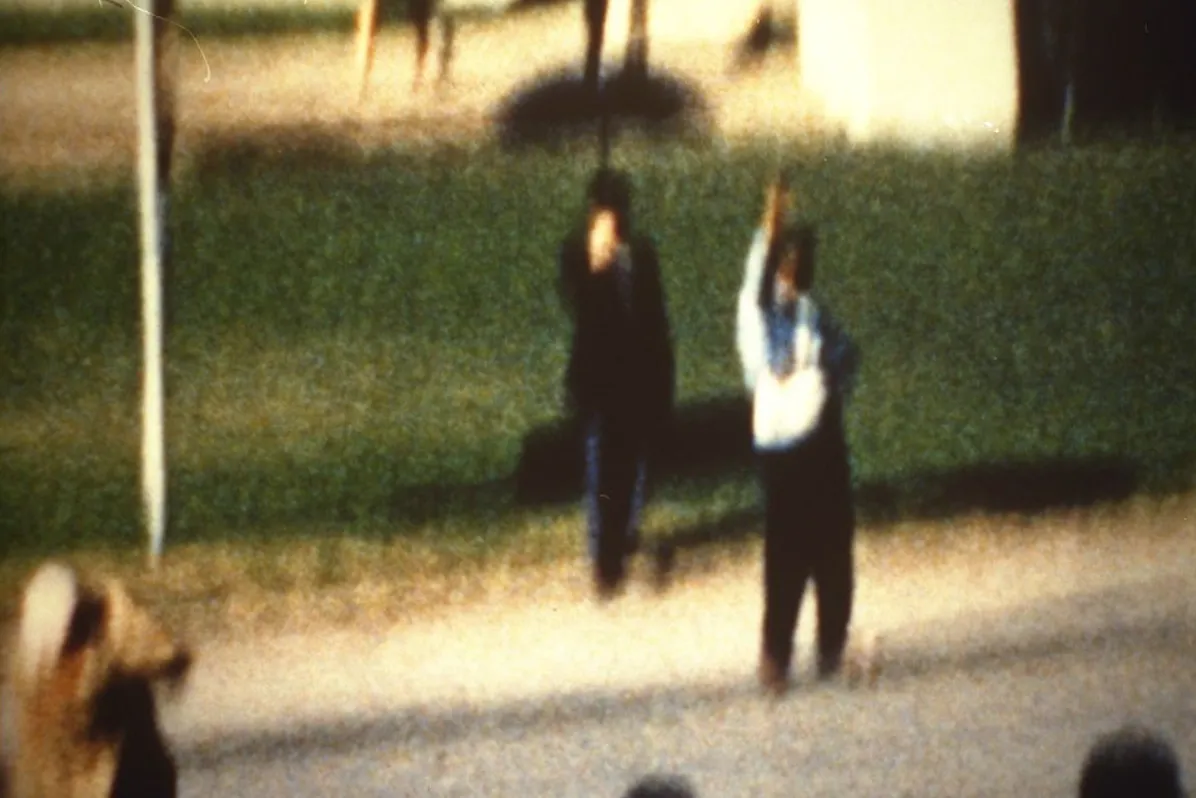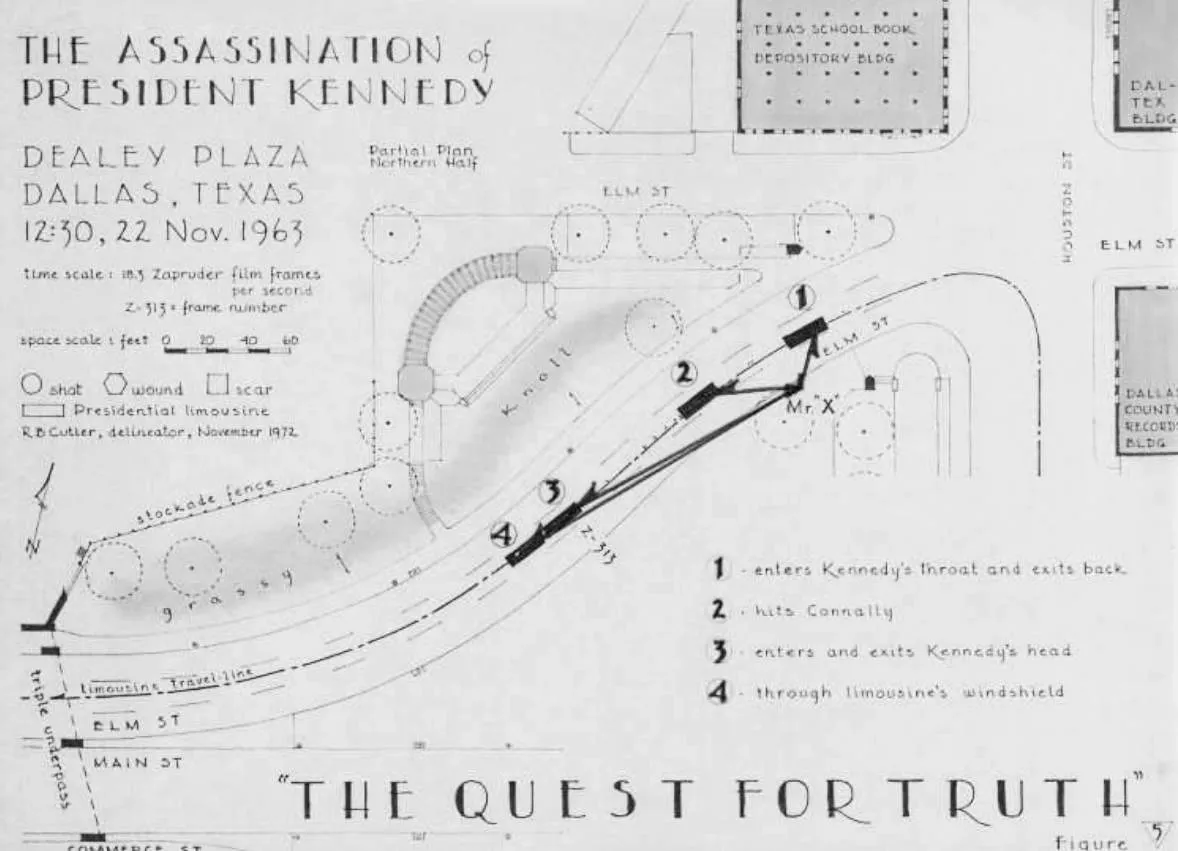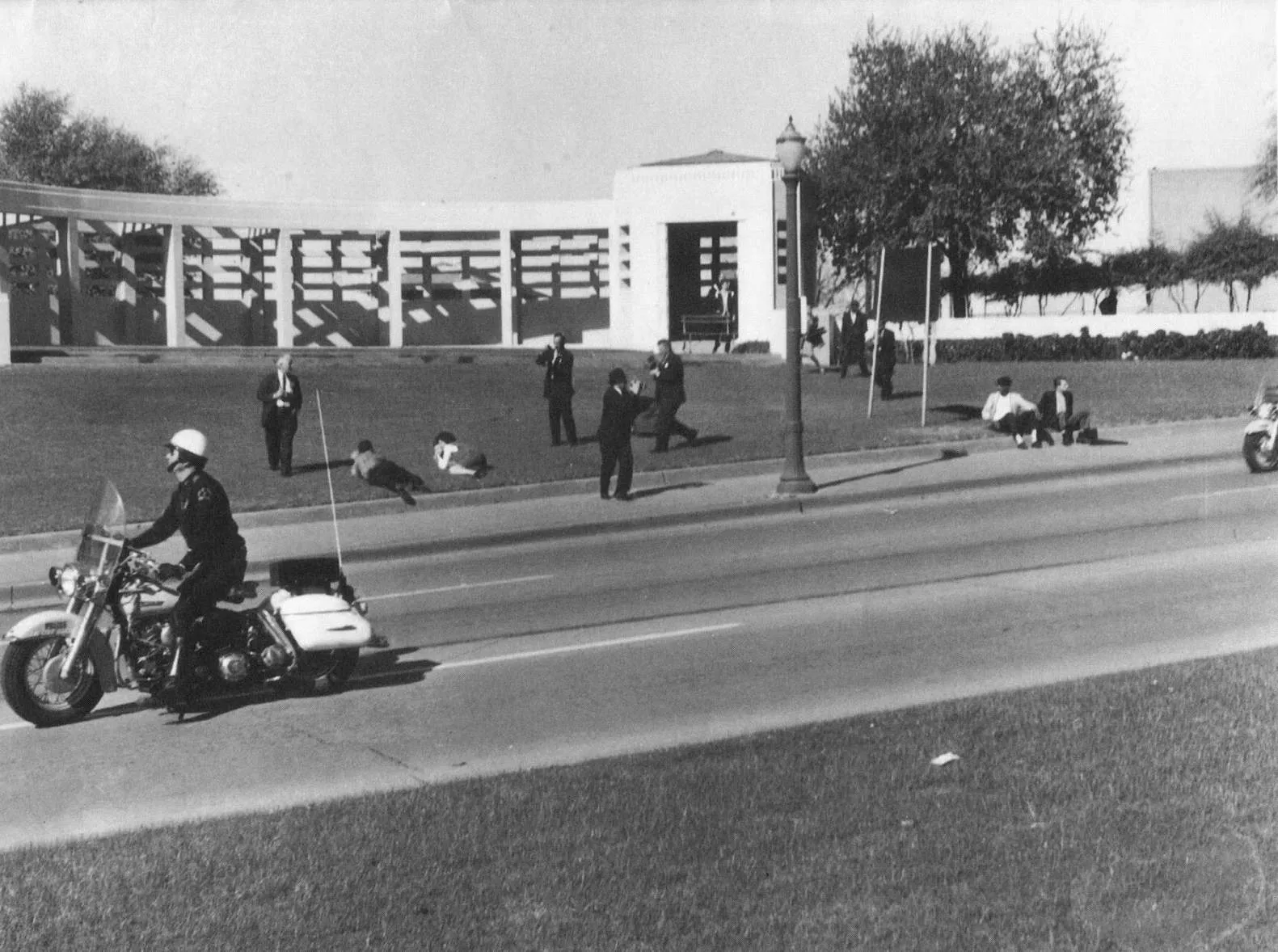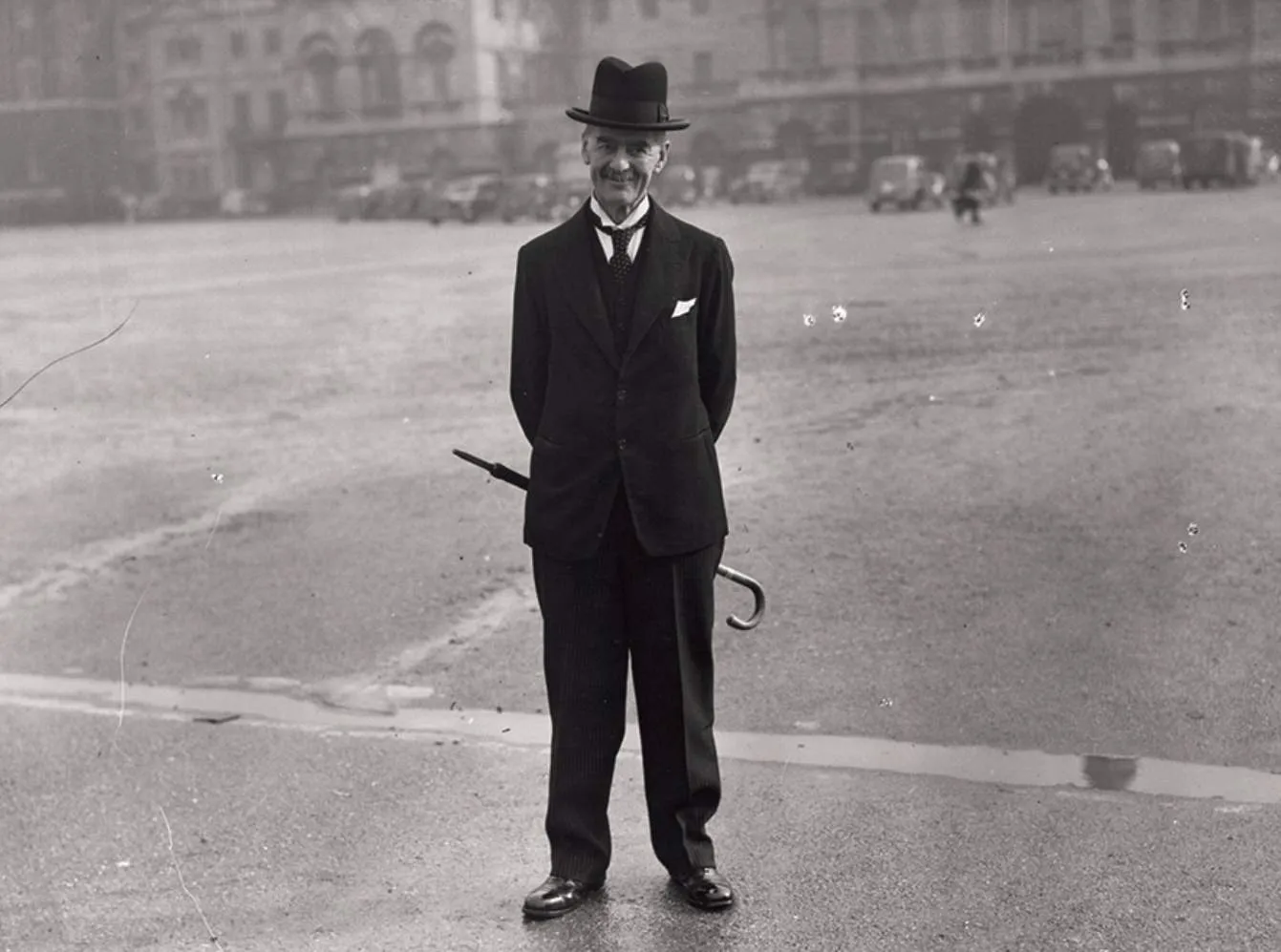Umbrella Man: The Strange JFK Protest & Echoes of a Conspiracy
November 22, 1963. A crisp autumn day in Dallas, Texas. The air crackles with excitement as President John F. Kennedy's motorcade winds its way through Dealey Plaza. Among the onlookers, a mysterious figure stands alone, a hazy silhouette against the bright Texas sky. Clutched in his hand is an open black umbrella, an ominous choice for a day bathed in sunlight.
The tranquility shatters as gunshots pierce the air in Dealey Plaza. The US president falls victim to the shots. Panic sweeps through the crowd. As the dust settles in the coming months and years, it becomes chillingly apparent that a man holding a black umbrella stood on the grassy knoll precisely where shots may have rained on the presidential limousine yet he still has not been questioned by federal authorities. What sinister secret does he harbor?
Investigators delving into the clues and theories meticulously analyzed television footage, photographs, and the silent frames of the 8mm Zapruder film - one of the most scrutinized pieces of film in history.

Umbrella Man Conspiracy Theory
The freeze-frame of Umbrella Man is as hazy as the memories of gunfire. What is clear, however, is that it was 68 degrees Fahrenheit under sunny skies in Dallas on November 22, 1963, yet a man held an open umbrella in breach of US Security Services rules while standing yards away from the most powerful man in the world.
Several facts and theories emerged, none conclusive yet each fueling the conspiracy theories:
• The CIA operated an 18‐year, $3m super‐secret project to develop poisons, biochemical, weapons, and devices such as dart guns to administer the substanes, CIA Director William Colby told the Senate Select Committee on Intelligence in 1975. The program, code‐named M.K. Naomi, was halted in February, 1970 by Presidential order.
• Weapons designer Charles Senseney told the Senate Select CommitteeIt that it was possible in 1963 to fire an M-1 projectile from either a walking cane or an umbrella. The New York Times described Senseney as a ‘project engineer who developed weapons such as an electric poison dart gun and a system to spread biological poison from a fluorescent bulb’.
• Two men standing close to the presidential motorcade - on the north side of Elm Street - began acting strangely at the time JFK was gunned down. One pumped a black umbrella in the air while the other waived his right arm, yet federal authorities did not track down Umbrella Man for 15 years.

JFK dart gun theory
Robert Cutler, a former US Navy Lieutenant, Massachusetts architect, and Harvard graduate, theorized that a man shot a dart into JFK's throat using his umbrella as a firing mechanism. Cutler drafted an illustration pointing out where the principal players in the assassination are thought to have been located (using the Zapruder film footage as a reference point) and the trajectories of the bullets that struck JFK.
Plenty of people dismissed Cutler’s theory, but some researchers were more supportive. Was Umbrella Man offering a clandestine signal, a nod to co-conspirators hidden in the folds of Dealey Plaza? Or was he wielding a disguised weapon?
Neither, says Louie Steven Witt - aka Umbrella Man - who finally stepped forward from the shadows in 1978.
"The brand new social experience where you activate your gaming skills as you train like a spy."
- TimeOut
Take on thrilling, high-energy espionage challenges across different game zones.


Umbrella Man’s Eccentric Explanation
The House Select Committee on Assassinations unearthed Witt and invited him to explain his actions that fateful day. Witt agreed to testify - noting he'd even brought his ‘stupid umbrella’ - but Witt’s explanation led to even more questions.
Witt explained that he was a political dissenter who wielded the black umbrella as a peculiar instrument of visual protest, a silent heckle to JFK. It was supposed to be an indirect reference to JFK’s father, former British Ambassador Joseph P. Kennedy Sr., and Joseph’s support of umbrella-toting British PM Neville Chamberlain’s policy of appeasement toward Adolf Hitler in the 1930s.

Case closed?
Witt's eccentric explanation goes a long way toward dismantling the web of conspiracy - a reminder that even the most haunting mysteries can sometimes be explained by the dance of politics and protest. Yet does it resolve the mystery? Is the explanation just peculiar enough that it must be true?
Asked if he had anything to add, Witt told The House Select Committee: “If the Guinness Book of World Records had a category for people doing the wrong thing at the wrong time in the wrong place, I would be No. 1 in that position with not even a close runner-up.”
SPYSCAPE+

Join now to get True Spies episodes early and ad-free every week, plus subscriber-only Debriefs and Q&As to bring you closer to your favorite spies and stories from the show. You’ll also get our exclusive series The Razumov Files and The Great James Bond Car Robbery!


Gadgets & Gifts
Explore a world of secrets together. Navigate through interactive exhibits and missions to discover your spy roles.
Your Spy Skills
We all have valuable spy skills - your mission is to discover yours. See if you have what it takes to be a secret agent, with our authentic spy skills evaluation* developed by a former Head of Training at British Intelligence. It's FREE so share & compare with friends now!
* Find more information about the scientific methods behind the evaluation here.


Stay Connected
Follow us for the latest
TIKTOK
INSTAGRAM
X
FACEBOOK
YOUTUBE